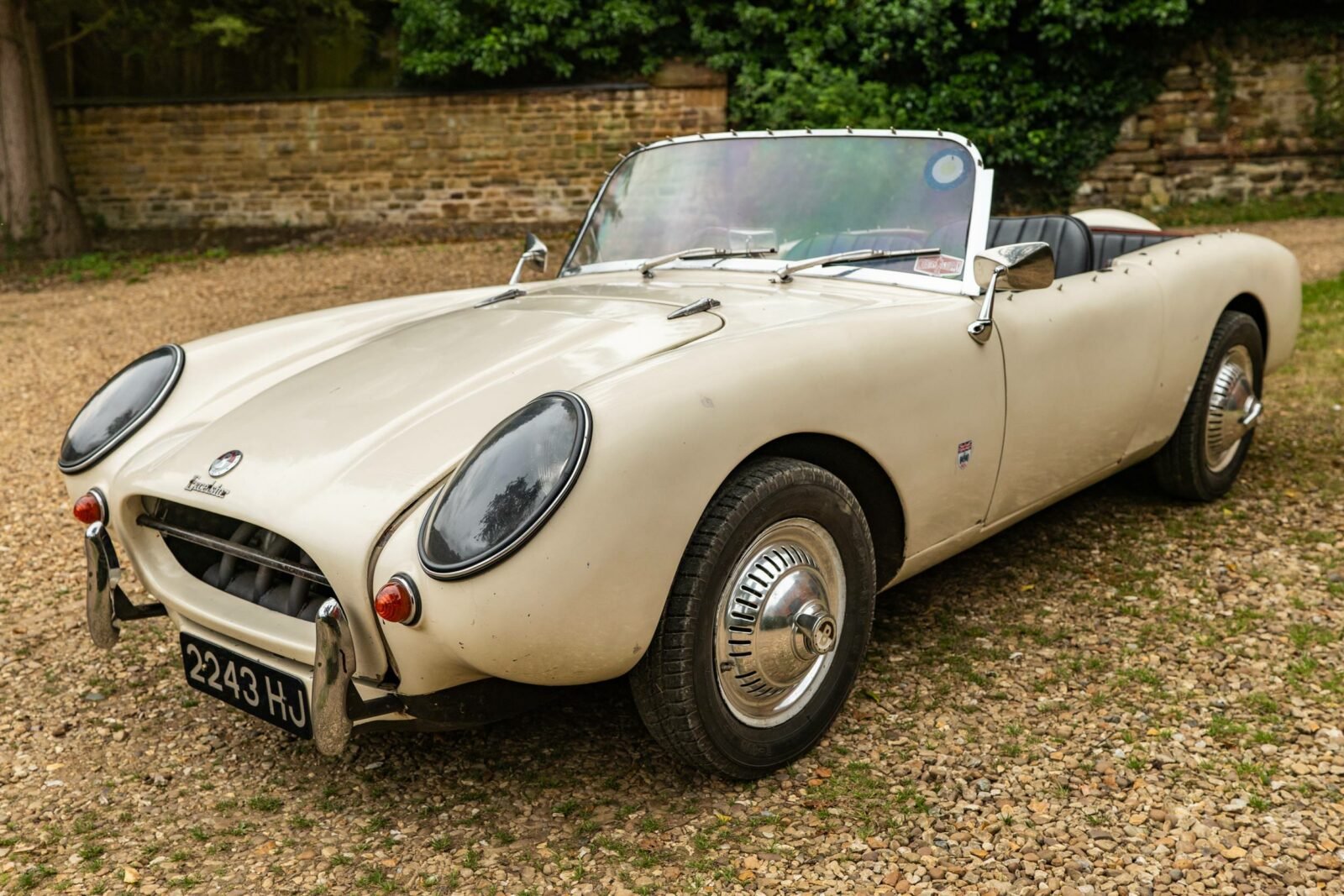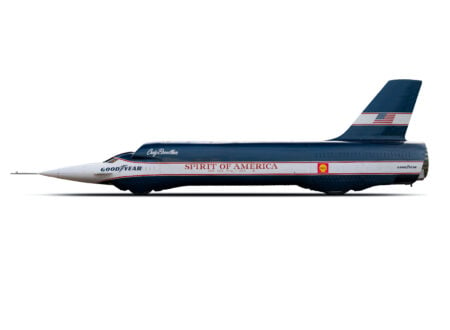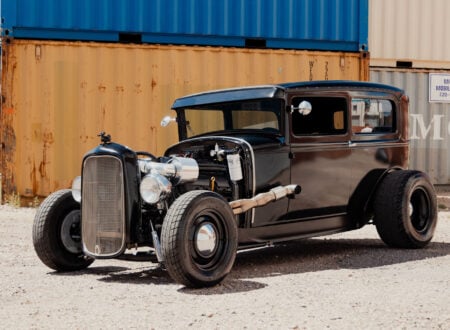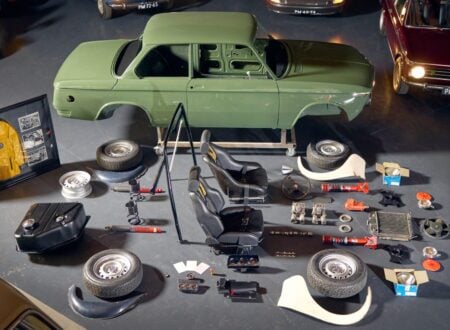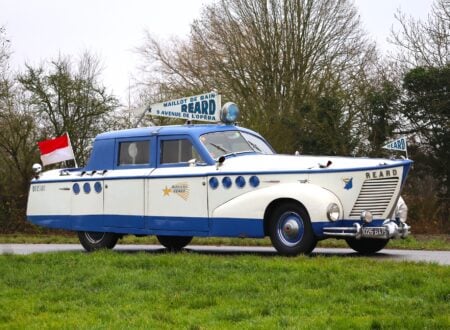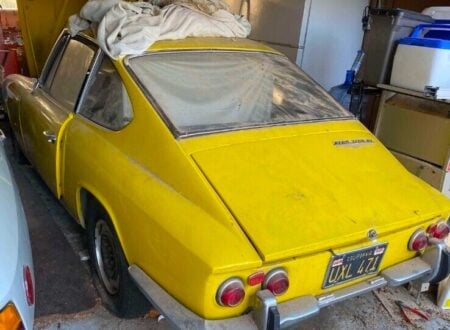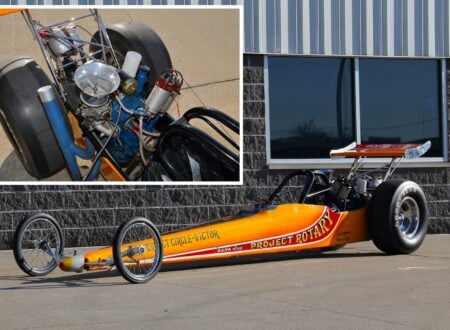The Berkeley Foursome was a remarkably influential design that deserves to be better known than it is. Berkeley Cars introduced the use of a transverse front engine and front wheel drive well before the Mini, and the use of a monocoque fiberglass body long before Lotus.
To modern eyes the model name “Foursome” does tend to draw guffaws but back in the simpler age of the 1950s it simply meant that the car had four seats – two up front and two in the rear under a tonneau cover.
Fast Facts – Berkeley Foursome
- The Berkeley Foursome was one of the later models offered by Berkeley Cars, a British sports car manufacturer that was based out of the Berkeley Coachworks factory – at that time it was one of the largest caravan manufacturers in Europe.
- Berkeley Coachworks had become industry leaders in the use of fiberglass for caravan manufacturing, and they turned to making small, affordable sports cars with the material to boost sales revenue which was typically seasonal in the caravan industry.
- The first Berkeley sports cars appeared in 1956. They were historically significant for the fact that they used composite monocoque bodies (load-bearing fiberglass), and they used a front transversely-mounted motorcycle engine to drive the front wheels.
- Berkeley Cars produced approximately 4,100 cars between 1956 and the early 1960s, of which just 19 were the Berkeley Foursome four-seat model. It’s believed that just a few hundred Berkeleys survive to the modern day and there’s an active owner’s group in England.
Berkeley Cars
Berkeley Cars wad formed in 1956 as a collaboration between aspiring car designer Lawrence “Lawrie” Bondand and Charles Panter, the owner of the Berkeley Coachworks which was one of the largest caravan manufacturers in Europe at the time.
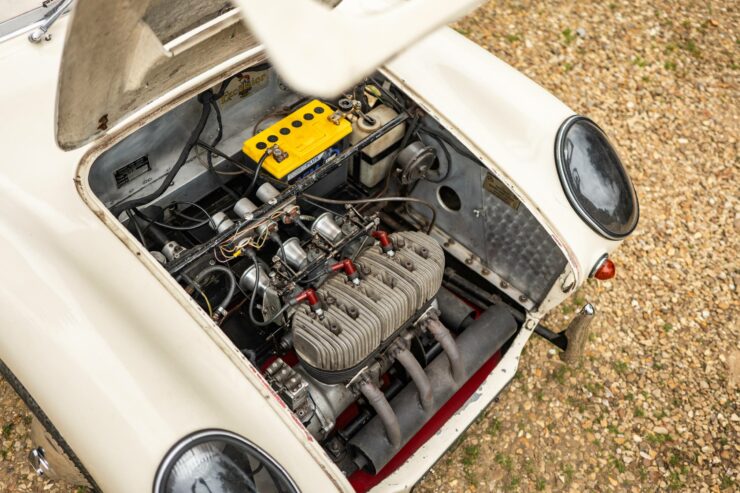

Bondand’s goal was to create a line of small, lightweight sports cars with reasonable price tags, and Panter’s goal was to establish a second revenue stream for the factory that would be less seasonally tumultuous than caravan manufacturing.
Despite the long odds stacked against them, the two men succeeded. At least for a time, anyway.
By the mid-1950s the use of fiberglass for automotive body construction was well understood, the most common example being the Chevrolet Corvette that had debuted in 1953. There were many significant fiberglass-bodied cars before this however, including the unusual Kaiser Darrin.
All of the production cars that did use fiberglass bodies had steel chassis underneath, and almost all were rear wheel drive. This all changed in 1956 with the debut of the Berkeley Sports, a small British sports car with a load-bearing fiberglass monocoque body that was powered by a motorcycle engine installed transversely up front powering the front wheels.
The Berkeley Sports had independent front and rear suspension on coil springs, highly unusual and advanced for the time, and it had a curb weight of just 605 lbs (274 kgs) thanks to its lightweight composite construction.
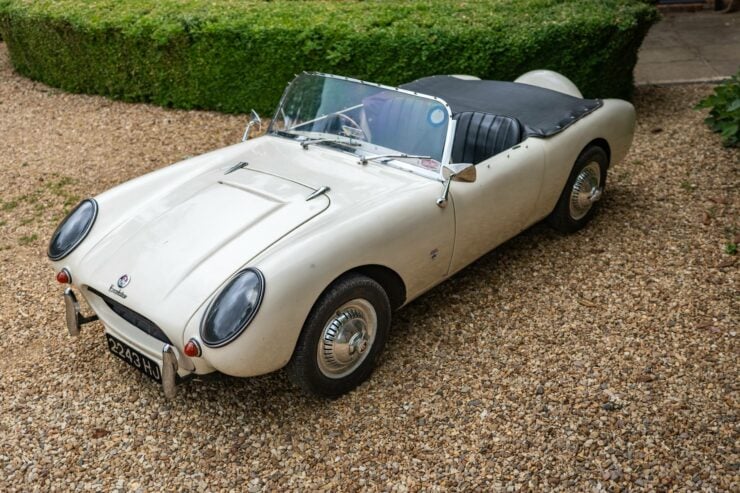

The engine that was used initially was the British Anzani twin-cylinder 322cc two-stroke unit producing 15 bhp. It was mounted transversely under the bonnet and drove the front wheels via a three-speed gearbox and a chain final drive.
Despite the low power output the performance was described as brisk, thanks to the exceedingly low weight of the car. Stirling Moss is said to have driven one at Goodwood in September of 1956, and the Berkeley Sports was officially launched to the public later the same year at the 1956 London Motor Show
A revised Berkeley Sports model would appear in a few months later in 1957, it was followed by a flurry of new models including the Twosome, the Foursome, the B95 and B105, the QB95 and QB105, the T60, T65, and the Bandit.
In 1958 rally legend and sister of Stirling, Pat Moss, drove a Berkeley Sports in the 1958 Liège-Brescia-Liège rally class for cars up to 500cc. The Berkeley Team – a works-supported entry of six cars including BBC commentator Robin Richards – led as far as Slovenia.
Sadly the difficulty of climbing steep mountain passes in summer heat found resulted in overheating issues and Moss ended up needing to be towed all the way back to Italy by another Berkeley.
Above Video: This is original footage of the 1958 Liège-Brescia-Liège Rally that includes footage of Pat Moss and the Berkeley Team. It was filmed by Bert Westwood and it’s been seen by almost no one. If you skip ahead to 3:20 you’ll see Pat Moss on screen for the first time next to her Berkeley Sports.
Berkeley Cars would sell an estimated 4,100 cars between 1956 and 1961, the company folded in the early 1960s but not because of the automotive division – it was pulled under by the precipitous drop in caravan sales and the impact it had on Berkeley Coachworks.
There was a recent attempt to revive Berkeley Cars with a new line of models however it seems to have ceased in 2021 – though with the British car industry you can never be quite sure, resurrections aplenty have happened over the years.
The Berkeley Foursome
The Berkeley Foursome was perhaps the most sensible car ever developed by the British automaker. It was a slightly wider, slightly longer model with two small back seats designed for children, essentially a 2+2 configuration which would allow couples with kids to justify the expensive a new sports car.
The 2+2 format has proven wildly successful over the years, and the existence of the rear seats no doubt helps sell the cars, but in reality many find they only very rarely use the seats.
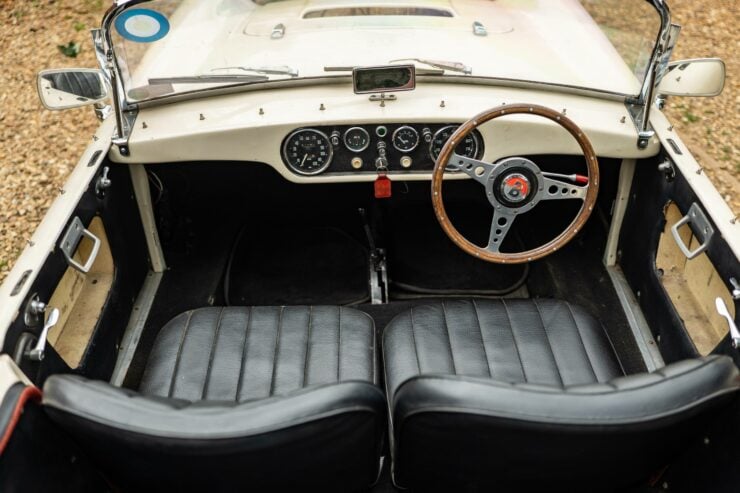

Unlike some of the earlier Berkeleys, the fiberglass body of the Foursome did have a combination of steel and aluminum bracing to strengthen it. It had been widened by four inches and lengthened by eight inches, and it was felt that a pure fiberglass monocoque shell wouldn’t be strong enough – given the added factor of the increased passenger load.
The Berkeley Foursome was officially announced in October of 1958, two years to the month after the company had first launched the Berkeley Sports. The Foursome also had independent suspension on all four corners, with the rear swing arms were lower and external to the body.
Power was provided by the Excelsior 492cc triple-cylinder two-stroke motorcycle engine, which was mated to a four-speed sequential gearbox with a reverse gear powering the front wheels. Drum brakes were fitted all around, and the car retailed for £700 including Purchase Tax, with an additional £28 for the optional hardtop – the equivalent to £17,326 and £693 today.
One prototype Berkeley Four was made along with 19 production cars for a total of 20 – making it one of the company’s rarer cars. It’s not known how many survive, but they could most likely all be counted on a single hand.
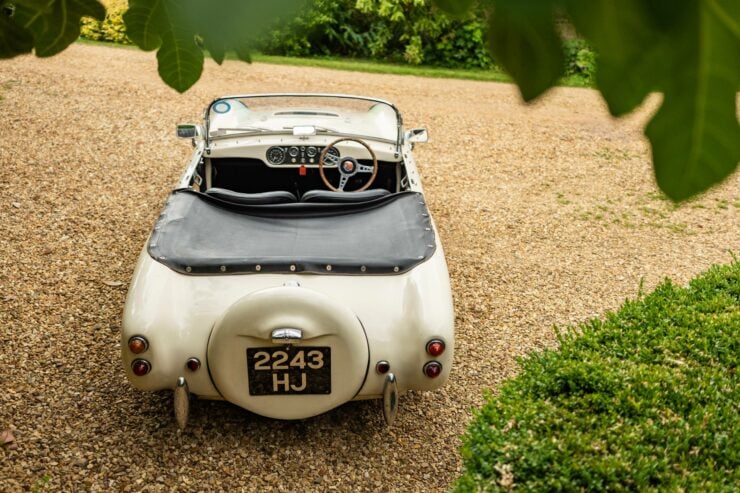

The 1961 Berkeley Foursome Shown Here
The 1961 Berkeley Foursome you see here is believed to be the last Foursome built – it was first registered after Berkeley had ceased trading in 1961.
The current and previous owners are both officials of the Berkeley Enthusiast Club – meaning it has been very well cared for by people with deep knowledge of the marque and this model in particular.
The car is now being sold out of Northamptonshire in England on Car & Classic. If you’d like to read more about it or register to bid you can visit the listing here.
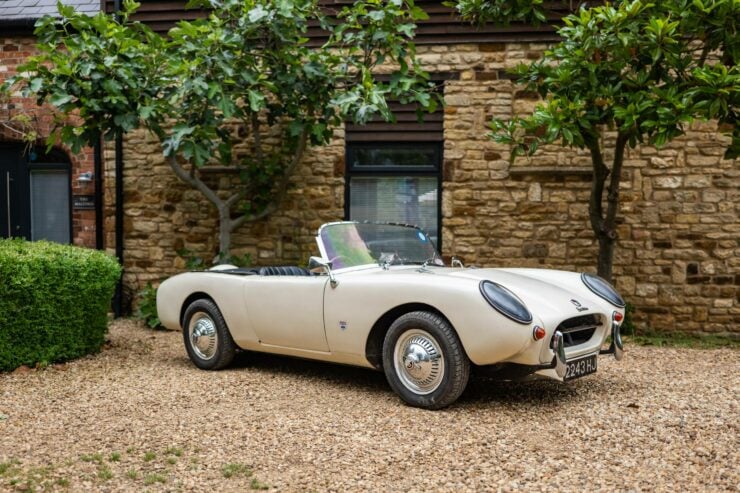
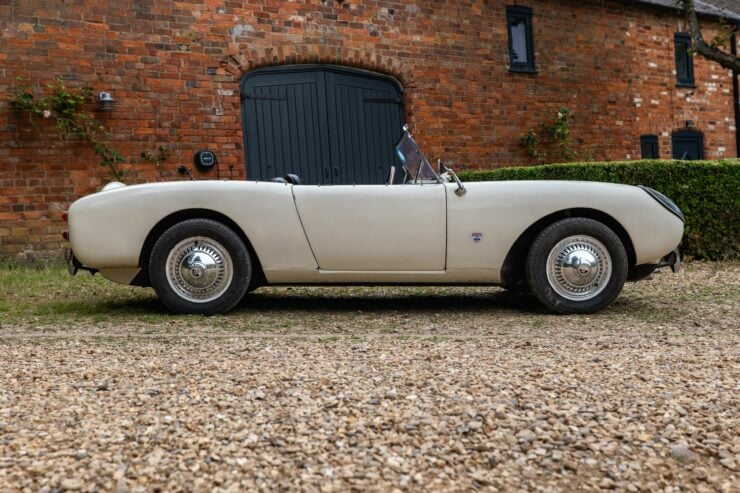
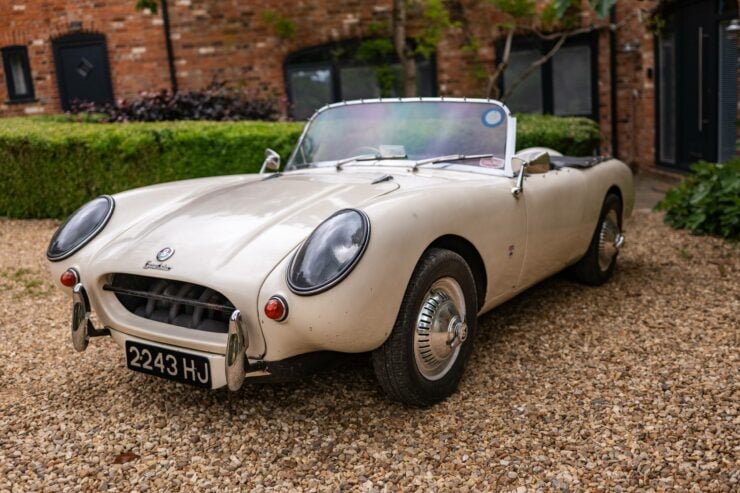
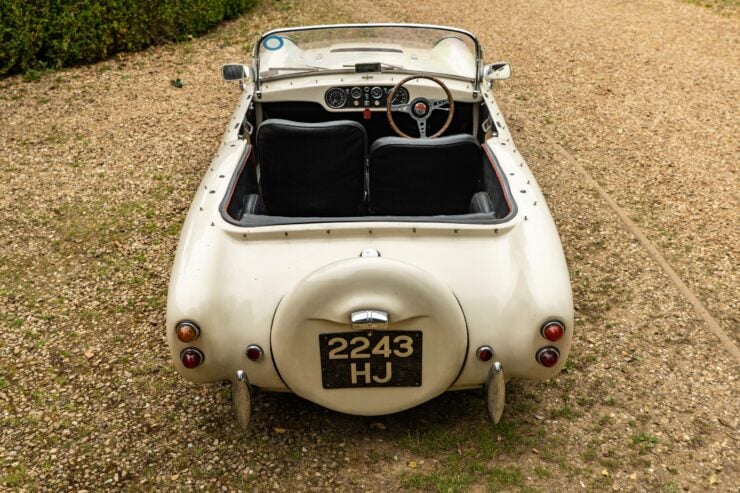

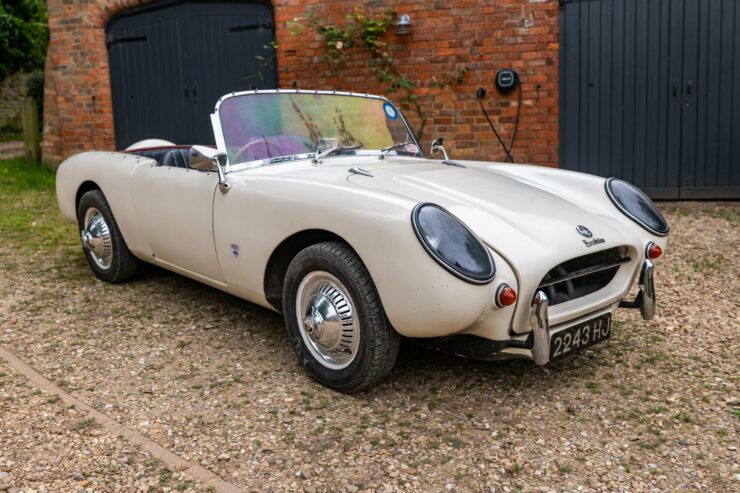
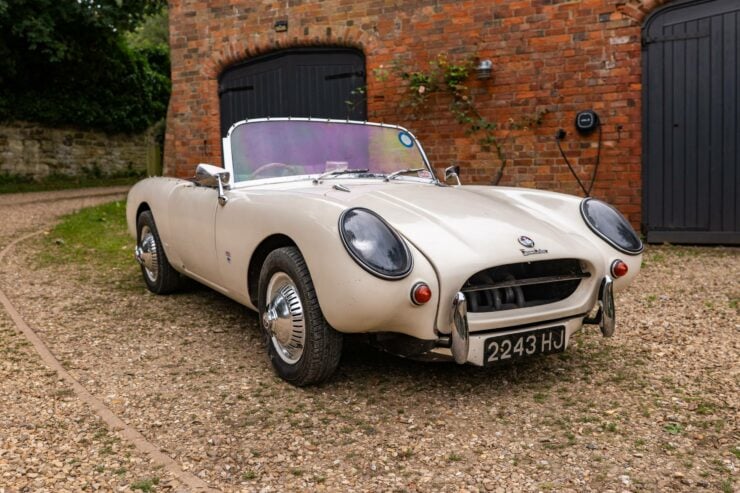
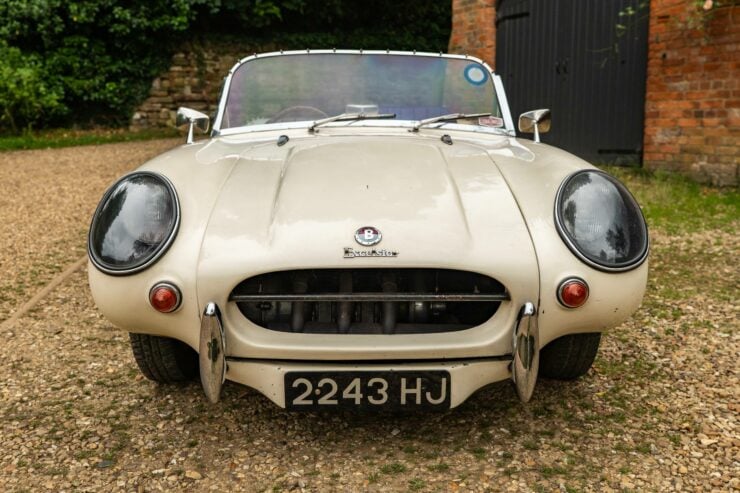
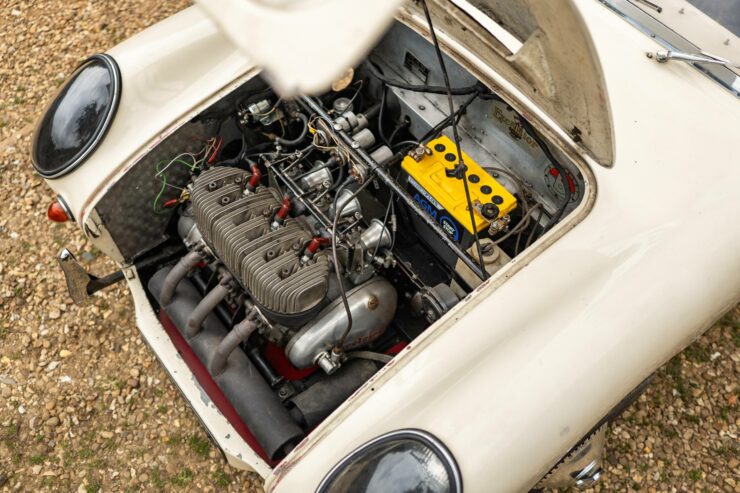
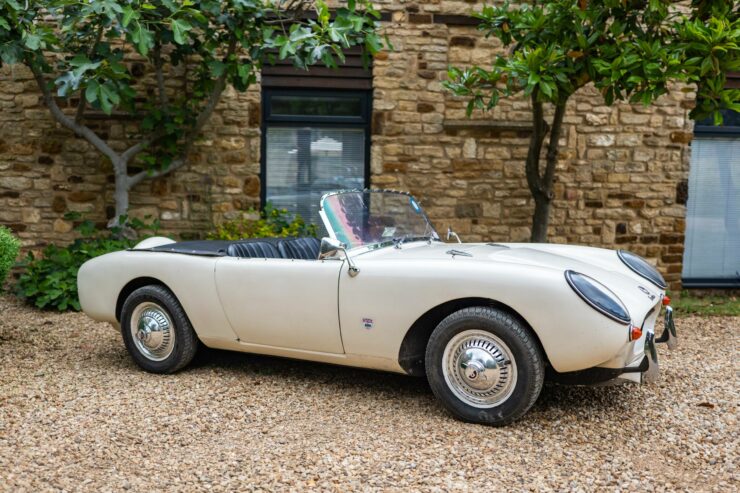
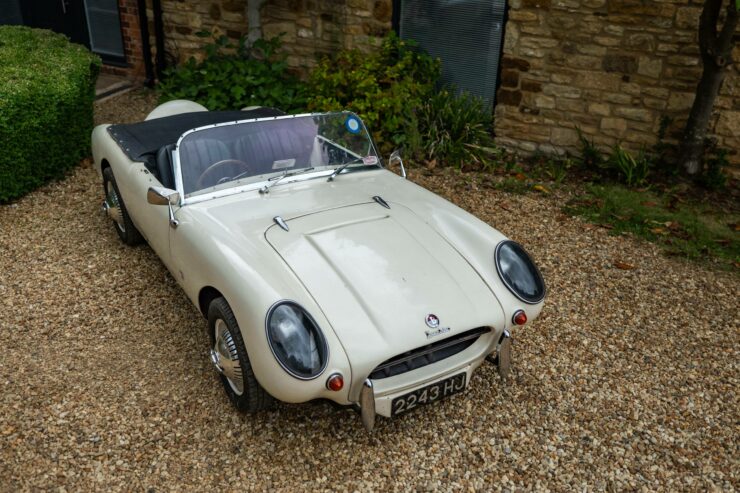
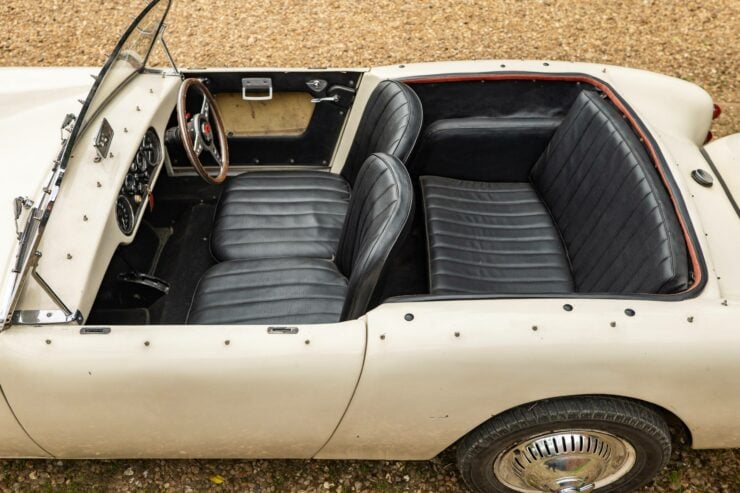
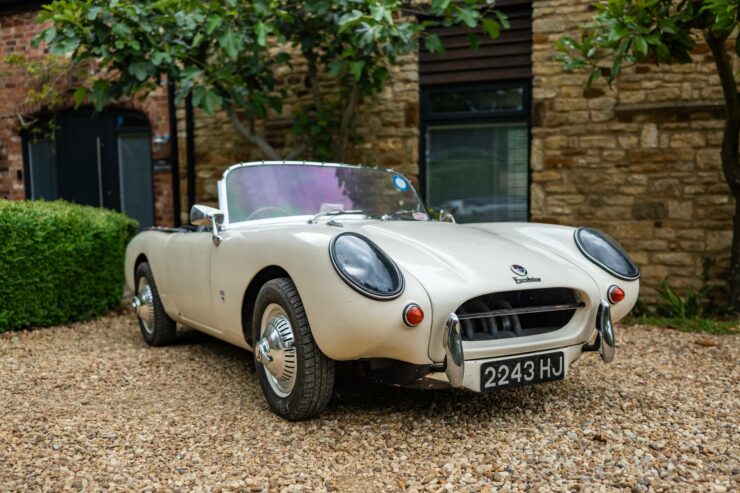
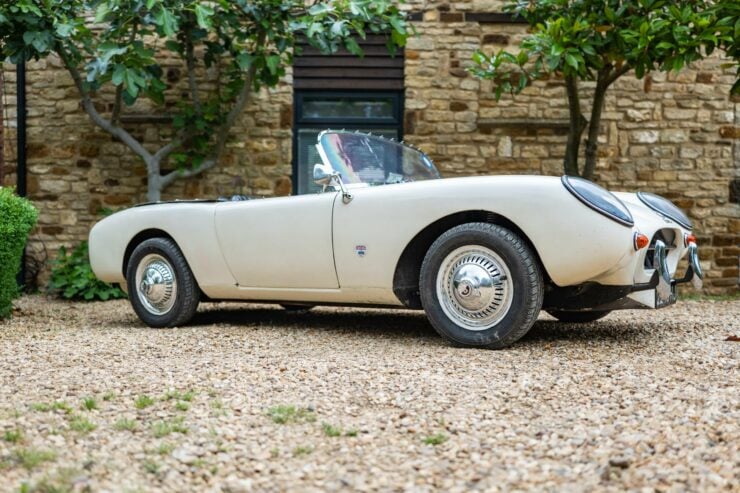
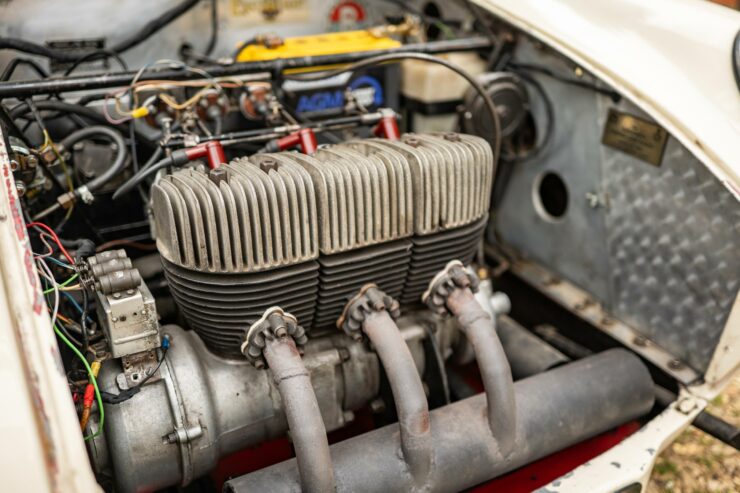
Images courtesy of Car & Classic.

